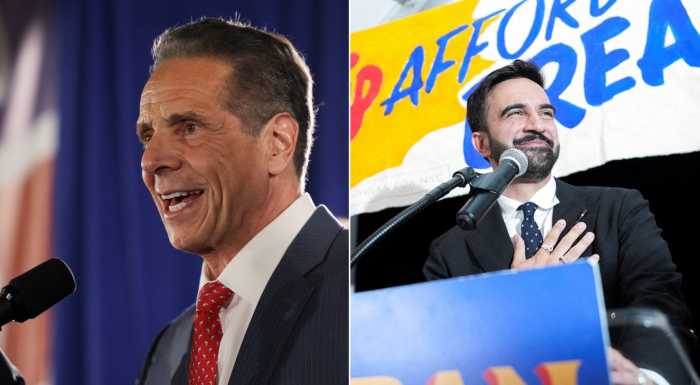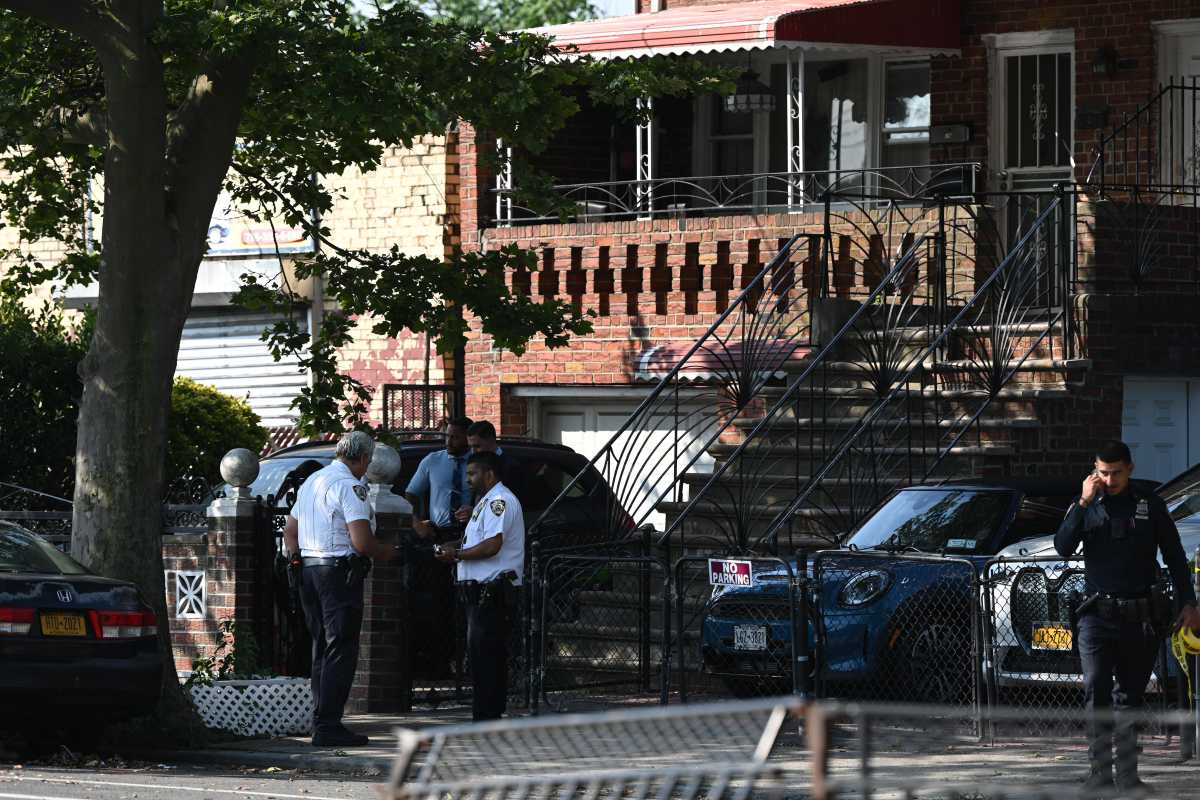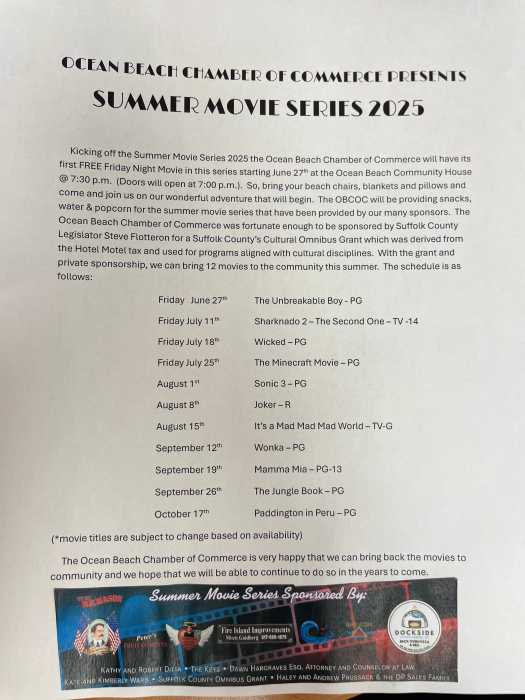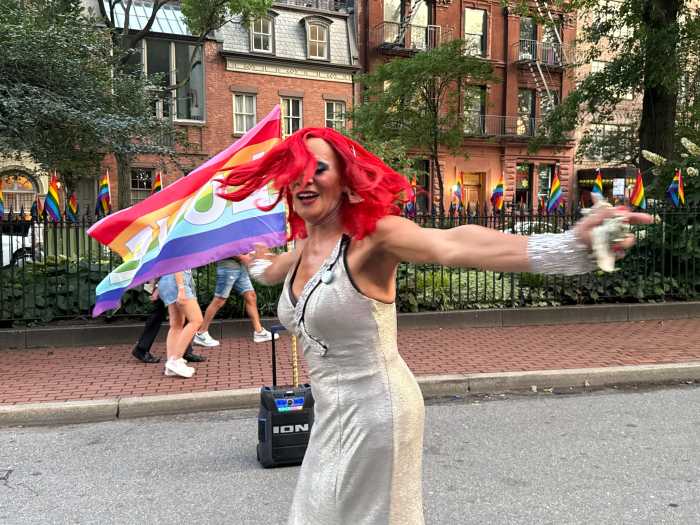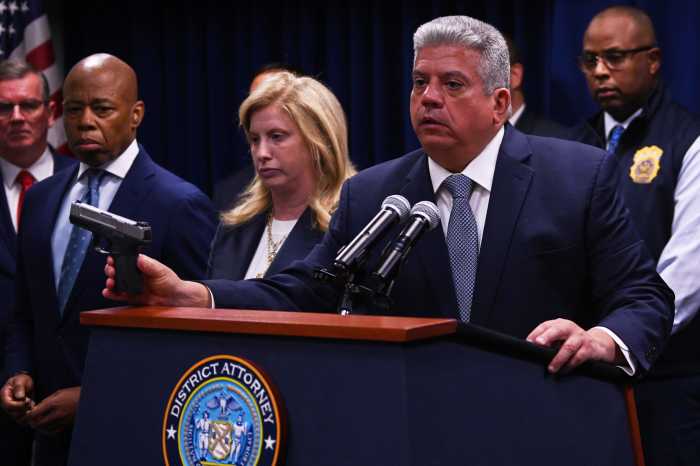Director Fred Kuwornu, an Italian filmmaker of African heritage, set out two years ago to tell the story of the accomplishments of the 92nd “Buffalo” Division during World War II.
As a result, Kuwornu wrote, directed and produced a 54-minute documentary entitled “Inside Buffalo.”
Fort Belvoir’s Army Management Staff College hosted the first screening of the film.
The screening was the first on his documentary tour, which will visit Army installations across the nation during Black History Month.
The event was also the first of several Black History Month observances at Belvoir.
“Inside Buffalo” is a documentary and tells the little-known aspects of the story, including the treatment of Soldiers and the details of the friendships forged between African American Soldiers and Italian partisan fighters and the villagers they liberated from fascist rule.
Kuwornu was inspired to begin researching the 92nd Division during a meeting with Spike Lee, while Lee was filming, “Miracle at St. Anna” in Tuscany, Italy, in 2008. Included in the documentary are first-hand accounts of conflicts and war-time experiences by original members of the Buffalo Soldiers.
Buffalo Division veteran Joseph Stephenson and Medal of Honor winner Vernon Baker were featured and told their stories of their respective units.
Stephenson attended Tuesday’s screening and recounted how much has changed since he volunteered for the Army in 1940.
“In 1940, the military had limited how many blacks could be in the Army. The recruiter gave me a list of all the black units in the Army and I promptly sent them all letters. All of them replied there were no vacancies,” Stephenson said. “The last unit I wrote to told me about a unit I didn’t have on my list, so I wrote to them. They had one vacancy and I went up for an interview and that’s how I got into the Army.”
“I never went to basic training,” Stephenson said.
Stephenson noted the racism he received at that time was very prominent.
“Soldiers would see me in the street and salute me and would say ‘I am saluting the uniform, not the man’ and that was how the culture was back then,” Stephenson said.
Stephenson closed by telling the crowd what the movie meant to him.
“The horror depicted in this film says to me ‘never again’ and that is true, because, think about what the movie shows and what it’s like now,” Stephenson said. “In the early 1960s, my neighbor was a black lieutenant colonel and that same man is now a retired three-star general. That is a change.
“Colin Powell was the chairman of the Joint Chiefs and now, in this past presidential election, 57 million Americans voted for a black president,” Stephenson said. “We are now more apt to judge a person by their character and not by their color. There is great hope and I look to the future and not the past.”


